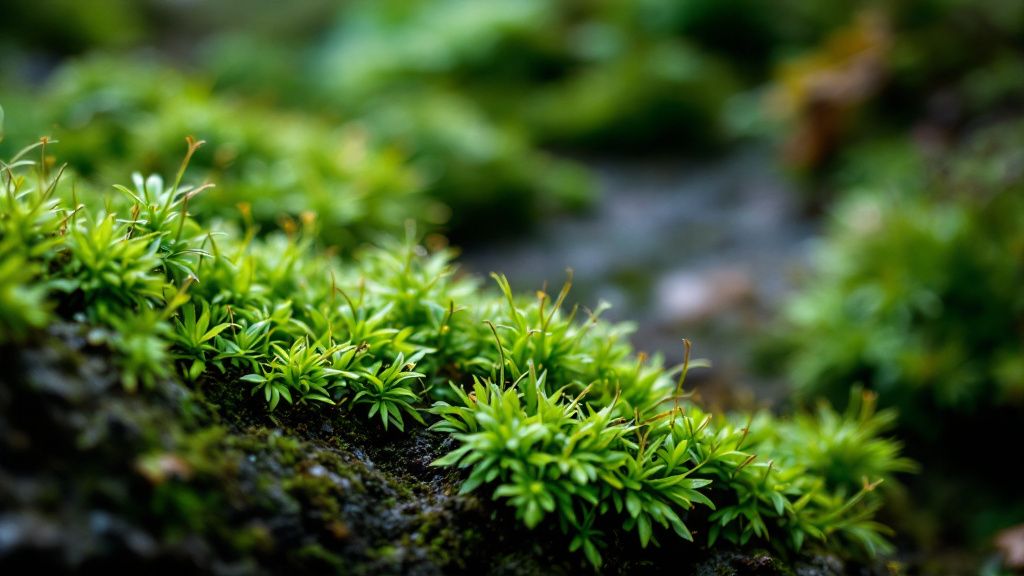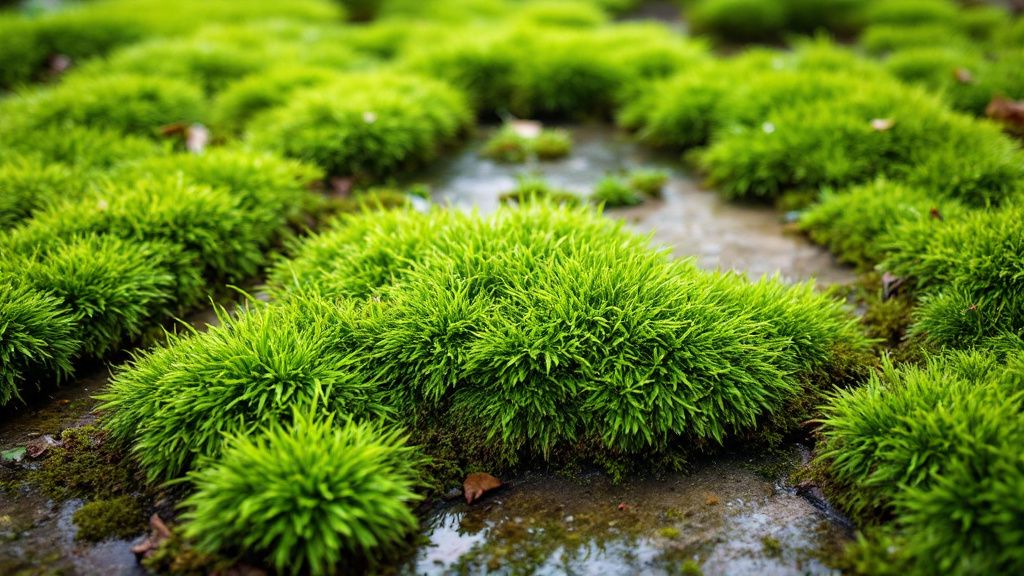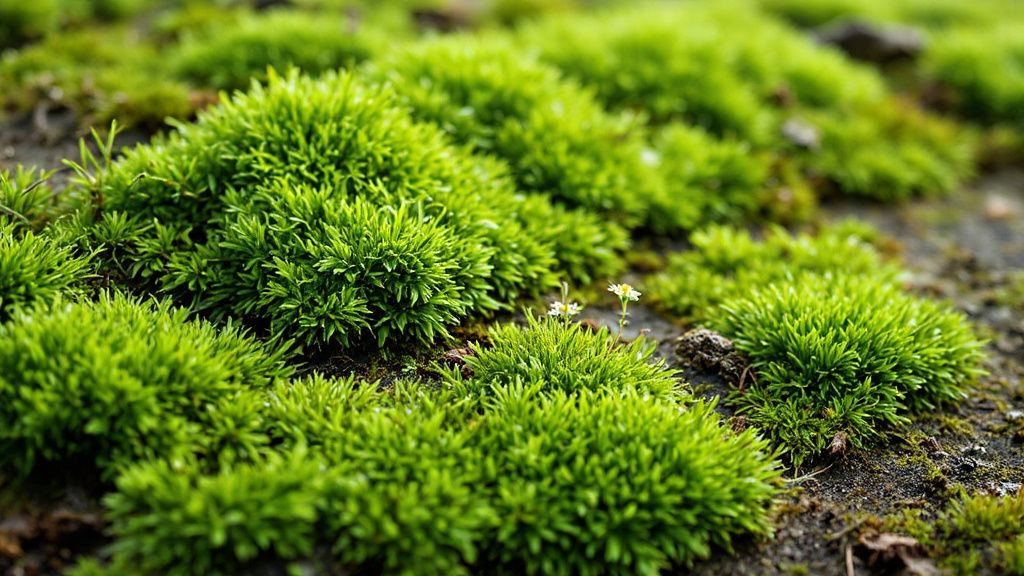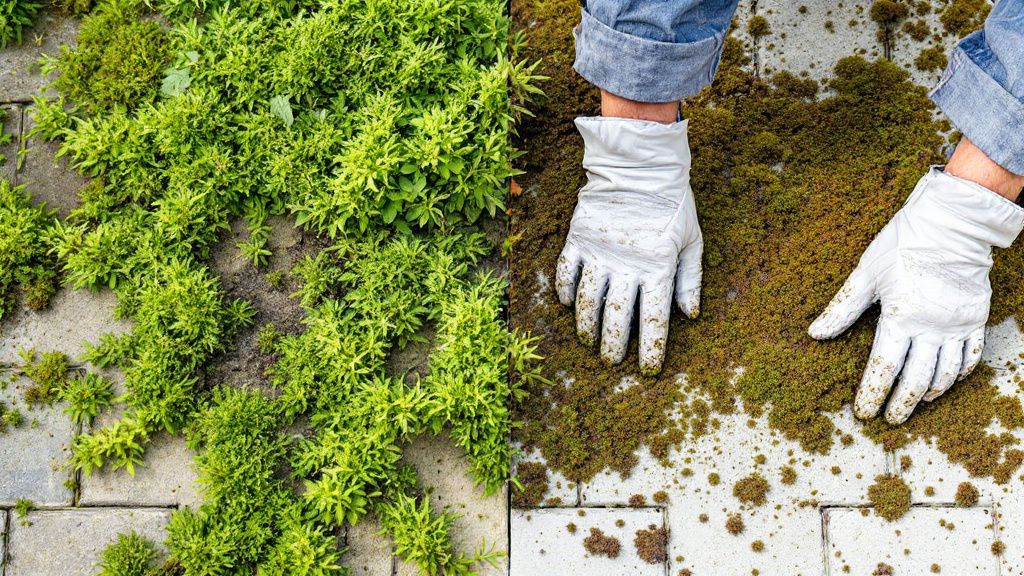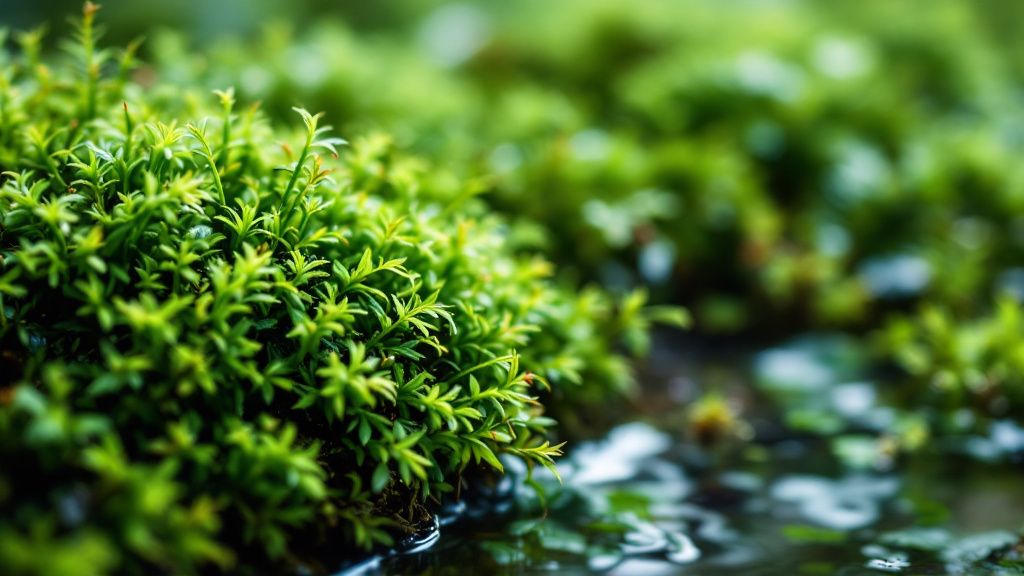Maintaining a moss-free home requires a mix of proactive strategies and effective solutions. You begin by understanding that moss thrives in damp, shady environments, making it crucial to regularly assess areas where it most commonly appears. For those wondering about how to clean moss, begin with simple tasks like trimming overhanging branches to increase sunlight exposure and reduce humidity. In certain areas, pressure washing proves effective for persistent growth, while various moss cleaning solutions offer targeted chemical interventions without harming surrounding structures or plants.
Professional moss cleaning services can provide an in-depth analysis and apply more specialized methods, ensuring long-lasting results. Using the best ways to get rid of moss involves a consistent upkeep routine—cleaning gutters regularly, repairing water leaks, and ensuring proper ventilation. Additionally, it’s important to explore how to prevent moss by applying barriers, like sealants on surfaces prone to moss in the house. Keeping these strategies in mind will not only enhance the appearance of your home but also improve its structural longevity.
Understanding Moss Growth
Moss thrives best in damp, shaded environments where sunlight is limited, and moisture is abundant. These conditions are often found in shaded corners of your yard, under tree cover, or on the north-facing sides of buildings. While it might seem that moss only grows in neglected areas, even well-maintained spaces can fall victim if these conditions are present. Regular inspections and adjustments to these environments can help impede growth.
One common belief is that moss is solely a symptom of poor maintenance. This isn’t entirely accurate, as moss is also an opportunist that can capitalize on any slight vulnerability in surfaces, regardless of overall cleanliness. Using moss cleaning solutions, especially those designed for persistent growth, can address early signs of infestation. This preventive approach is among the best ways to get rid of moss before it becomes a stubborn issue.
In your quest to understand and manage moss, observing its preference for humid environments becomes pivotal. Simple practices like improving drainage around the house and ensuring gutters are clean make a significant difference. Exploring how to prevent moss by slightly altering environmental factors is key, as it ensures a drier, less appealing surface for moss to spread and flourish.
Preventative Measures for Moss Control
Effective preventative measures are crucial to controlling moss growth in and around your home. Begin with basic maintenance practices such as trimming tree branches to allow more sunlight to reach vulnerable areas and regularly removing debris that can accumulate moisture. Ensuring proper drainage around your home can dramatically reduce the conditions that favor moss growth, as excess water is a primary contributor to the problem.
For a more comprehensive strategy, consider implementing historical methods alongside modern solutions. Tracing its evolution from techniques used in ancient gardens, moss management has long benefitted from practices like using crushed limestone to alter soil pH, making it less conducive to moss proliferation. Incorporating these traditional methods with contemporary tools like pressure washing moss on hard surfaces ensures a balanced approach to moss removal.
To heighten your prevention efforts, consistent inspections allow you to identify and address early signs of moss growth. Swift action using moss cleaning services or homemade solutions can serve as a proactive barrier, keeping potential growth at bay. Understanding the intersection between historical practices and modern interventions provides a well-rounded system for how to prevent moss, enhancing the overall resilience of your property against moss infiltration.
Cleaning and Maintenance Techniques
Addressing moss accumulation effectively begins with understanding the right cleaning and maintenance techniques. Regular sweeping of driveways, roofs, and garden paths helps to discourage moss by reducing the damp conditions it needs. Applying gentle pressure washing moss is an excellent option for areas where manual cleaning isn’t enough, ensuring thorough moss removal without damaging surfaces.
Chemical treatments offer another layer of defense. Try using commercial moss cleaning solutions specifically designed to break down moss structures and prevent regrowth. These products can be applied to various surfaces, making them versatile tools in your cleaning arsenal. To make the most of these solutions, apply them on a dry day to allow proper absorption and effectiveness.
As part of ongoing maintenance, repair any leaking gutters or overhanging gutters that may contribute to moss-friendly environments around the home. Keeping tree canopies trimmed ensures sunlight can reach more of your property, curbing moss growth naturally. These efforts are among the best ways to get rid of moss, securing your home’s structural integrity and aesthetic appeal effectively.
Natural Remedies for Moss Removal
Natural remedies offer a sustainable approach to handling moss in and around your home. Using common household items like baking soda can alter the pH of the surface, making it less hospitable to moss growth. Simply sprinkle baking soda over the affected area and let it sit for several days before brushing it away. This method eliminates the moss without resorting to harsh chemicals.
For those looking to preserve the environment while maintaining a moss-free home, vinegar presents an effective solution. This natural acid works as a mild herbicide, breaking down moss structures when applied directly. Comparing vinegar to commercial moss cleaning solutions, vinegar is cost-efficient and eco-friendly, making it an attractive alternative for environmentally conscious homeowners.
Another natural remedy is a mixture of dish soap and warm water. This combination disrupts the growth process of moss, making it easier to remove with minimal effort. Use this solution for gentle areas like garden paths or patios. Understanding how to prevent moss through these natural methods ensures that your home remains aesthetically pleasing while minimizing environmental impact.
Professional Services vs DIY Approaches
Choosing between professional services and DIY approaches for managing moss depends on factors like time, budget, and personal expertise. Professional moss cleaning services offer a comprehensive solution, equipped with industry-grade tools and advanced techniques. For large infestations, experts provide precision and efficiency, akin to skilled surgeons performing an operation, ensuring moss removal is thorough and surfaces are protected.
If you’re considering tackling the issue yourself, DIY approaches offer budget-friendly flexibility. Think of your efforts like a gardener nurturing a plot—diligent and careful. Simple techniques, such as using a brush and natural remedies, allow you to manage smaller moss areas effectively. This approach provides control over the process, but it requires consistent effort and patience.
For those unfamiliar with complex tools or moss chemistry, professional services can significantly alleviate the burden. Conversely, for enthusiasts who enjoy hands-on projects, how to clean moss using home-based methods grants a rewarding sense of achievement. Whichever path you choose, each has its merits in maintaining a moss-free environment around your home.
Seasonal Strategies for Moss Prevention
Implementing seasonal strategies for moss prevention ensures a proactive defense against moss accumulation. Begin in spring by thoroughly inspecting your property to identify moss-prone areas after winter’s moisture. Clearing debris, such as fallen leaves and twigs, reduces potential wet spots where moss could thrive. This foundational maintenance prepares your landscape for the warmer months, allowing existing surfaces to dry properly and discouraging growth.
Summer offers a prime opportunity to combat moss, as the sun and higher temperatures dry out damp areas. One unpopular opinion about summer maintenance emphasizes that overwatering lawns can encourage moss. It’s crucial to balance hydration with surface drying, keeping an eye on shaded areas where moss prefers to grow unnoticed, offering a cooling effect that counteracts seasonal warmth.
As fall approaches, pay attention to increasing moisture levels due to rain and shorter days. Trimming back branches allows more sunlight to penetrate, an essential element in how to prevent moss. Consistently cleaning gutters ensures rainwater is directed away from areas that could harbor dampness, further minimizing the conditions moss favors during this humid season.
Winter demands vigilance of drainage systems and surface flow paths since freezing and thawing can exacerbate moss issues. Adequate surface runoff management is among the best ways to get rid of moss over time. Implementing seasonal checks and cleaning methods at different points of the year creates a year-round strategy, effectively mitigating the risk of moss becoming an unsightly and damaging nuisance in and around your house.


